Continued from previous page:
Captivating and provocative, this series was inspired by a large and complex work completed by the artist in the space of just one month in 2012. Entitled Nothing is Sacred, the original canvas provides a starting point for the sixteen smaller paintings that feature alongside it in this exhibition. Similar in format, they explore the rich possibilities put forth in the earlier work.
Marcus insists that it is for viewers to reach their own interpretations of the works.
‘With Nothing is Sacred, my aim all the way was visual. I didn’t set out with ideas about depiction or subject matter. I just wanted to achieve the right overall composition and balance to be able to pursue the visual ideas that I knew were welling up. The figures don’t have a specific meaning. Most emerged by themselves, quickly and easily.’
Whatever interpretation one reaches, there is a visual and a human drama in play throughout. By representing figures against much larger, screened images Marcus creates tensions and echoes between foreground and background action. Irresistibly the viewer is drawn in to question and comment on these images.
‘I think that one of the reasons I set out to produce these latest paintings was to try to make more sense of the processes that led me to create the original. I also wanted to test some of the ideas that went into its making. Some are further workings of the earlier figures, some represent fresh ideas that I think helped to drive it.’
Like an operatic set - it may be no coincidence that Marcus is the son of a theatre designer - the layered backgrounds bring a further dimension to the images. Sometimes provocative, often ambiguous, they expose our readiness to step into dramatised worlds without bearings. Ideas of power, fantasy and vulnerability seem to spring from them, accentuated by the unexplained action of the foregrounds and by the strong use of colour. Marcus takes a range of visual motifs, such as the striated brushwork, and applies these in six portrait-type studies that delve into the imaginative heart of the earlier painting.
The darkness of the exhibition’s title, featured in the silhouettes and backgrounds, points to the depths of creativity from which the works emerge. It also hints at risky and unpredictable sides to human nature. In this sense the fountain emerges as a positive, creative force. It is the source in which the artist enables us to look critically but with some level of detachment at our own responses and motives.
About Marcus Nisbet
Nisbet previously had studios in Clerkenwell and at the Chocolate Factory in Wood Green, North London. His studio has since moved to Cambridge, where he devotes much of his time to portrait commissions and exhibition pieces.
His paintings are concerned with people and context. Inspiration comes when he imagines the dramatic possibilities for representing someone he has seen or met. The challenge of realising the vision is both aesthetic and organisational.
Most of his work is in oil, which he likes for its unrivalled versatility and richness. It has been noted for its quality and psychological depth, conveyed through strong use of composition and a subtle working of mood. It has been described as realist, visionary, enchanting and contemporary. Art critic Brian Sewell has spoken of his paintings as “impressive” and “remarkable”.
Visit http://marcusnisbet.co.uk/
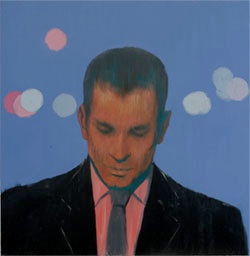
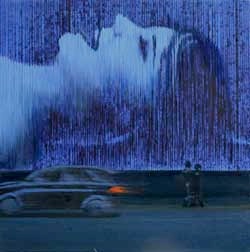
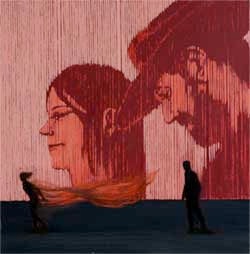
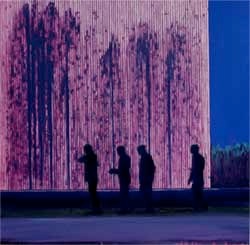
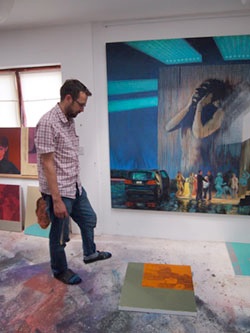

This 48 minute question and answer session was held at Williams Art in front of a live audience.
Subjects covered include:
-
•The artist’s background
-
•The concept behind the collection of paintings
-
•Nothing is sacred
-
•Dark fountain
-
•Insights into some of the paintings
-
•Men dancing
-
•The colour palette




